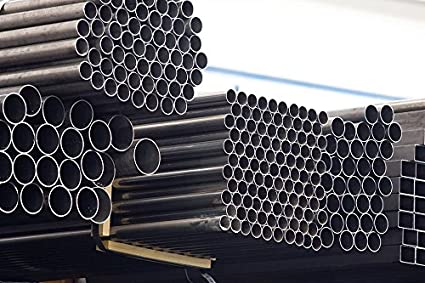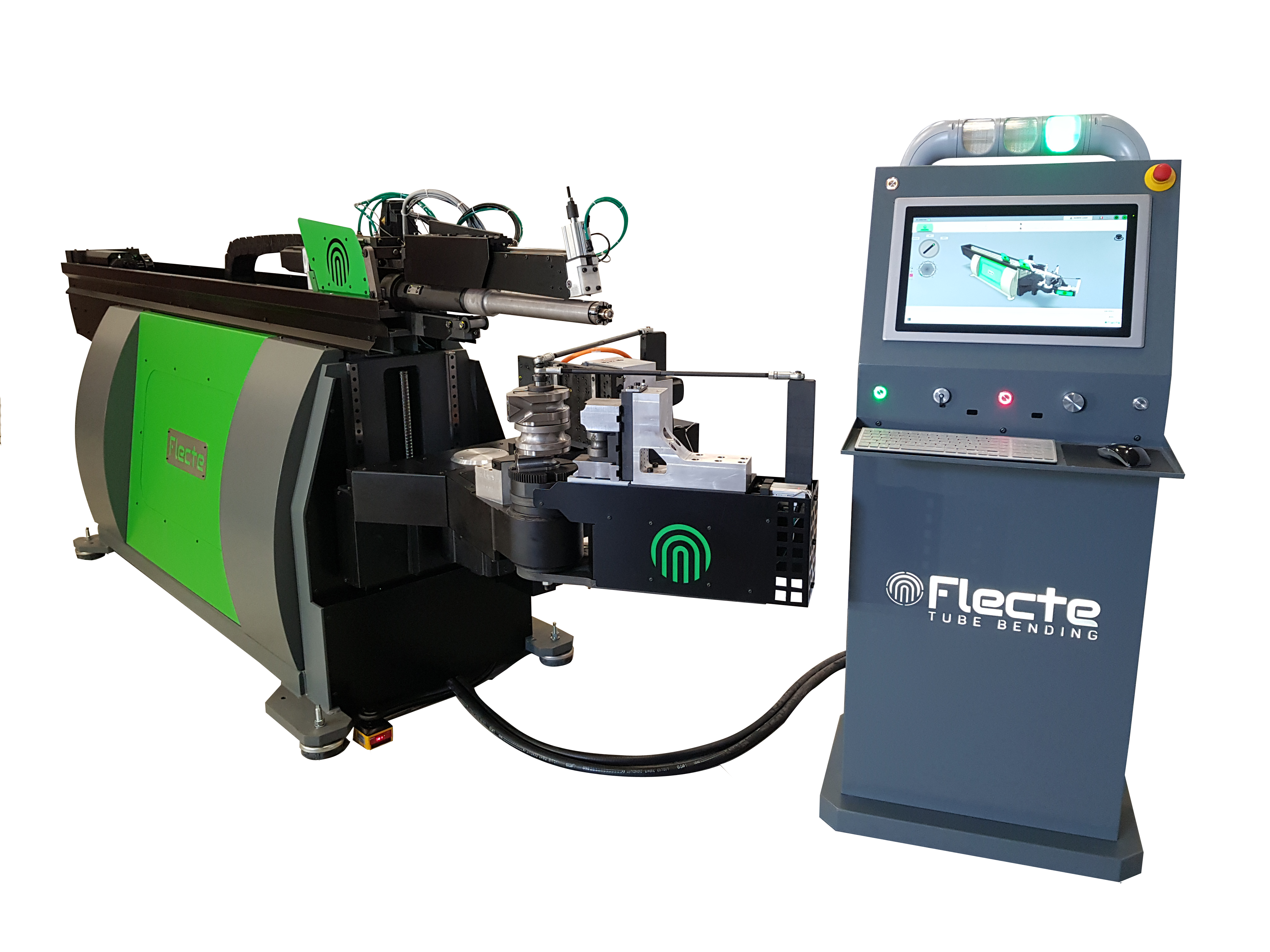
Different Materials, Different Problems, Different Solutions - Part 1
This is the first of a three-part blog series that explores how different materials behave during the cold deformation tube bending process. Each material has its own characteristics, specific strengths and weaknesses and its own problems and critical issues when bending.
Common steel - Iron
Iron is the most commonly used material in the mechanical field. It is cheap, strong and easy to find. It is used in almost all sectors. From the structural sector (light and heavy carpentry), to furniture, the automotive industry, agriculture and many more.
Iron is selected for its excellent qualities of:
- Mechanical resistance
- Good deformability
- Low cost
- Constancy and repeatability of its mechanical characteristics (above all, its elongation and spring back).
Round bending
Bending iron pipes is a very common and relatively simple operation. This said, it is necessary to know when and how to use the following components:
- Plug and ball mandrels
- Wiper die
- Rollers
- Pressure die
Tubular bending
The following forms can all be bent:
- Round tubes and pipes
- Square or rectangular tubulars
- Other shapes
In contrast, bending square and rectangular tubulars presents particular challenges. Tubulars tend to swell during bending which makes it difficult to extract the curved tube from the bend die. One solution is to use openable bend dies. There are a number of tricks of the trade for this problem but it is crucial to have a clear understanding of when these can be used.
Repeatability and maximized production
It critical to take into account that pipes and tubes are almost always welded. This can affect the the bend. If precise repeatability in the pieces is required then a system for automatic recognition of the weld orientation can be installed. This takes full advantage of the automated loading systems to produce uniform parts quickly.
(Brescia 07/15/2020)
From Flecte and Bosch Rexroth a fully electric Bending Machine
Innovation Post has published an article on our VEX259, born in collaboration with Bosch Rexroth. Read it here
(Brescia 06/26/2020)


Make sure to get a reliable tube or pipe bending machine quotation
Has your prospective tube bending machine supplier asked you for the following information before sending you a quotation? If they have not it maybe that you are not getting an accurate quote.
The sector
Which sector will your products be used in? Furniture, design, aeronautics, automotive, heat exchange, plumbing, navy or general fittings? Each sector has its own unique requirements for tubes and pipe bending.
Finish quality, durability, production speed and product complexity all need to be carefully considered. Make sure your bending machine producer knows about the needs of your industry.
Technical specifications
- Characteristics of the tube
- Exterior diameter
- Thickness of the tube
- Material
- Characteristics of the individual pieces
- Average radius
- Ideally, they would ask for drawings showing the complexity of the required bends. Are there various radius requirements? Are the pieces particularly long? Is the distance between bends restricted?
Production capacity
How many pieces need to be produced in how much time? Hybrid and electric machines have different capacities.
For example, automatic loading and unloading systems can dramatically increase productivity for large orders.
Compare quotes
Some quotes include more than others so be sure to compare like with like. Remember to check whether or not the following items are included:
- Guarantee
- Delivery
- Assistance
- Software support – is a standalone programme licence included for the office?
- Tools: following blocks, wiper die support, rolls support, lubrication systems, control console
- Tooling set
(Brescia 02/24/2020)





